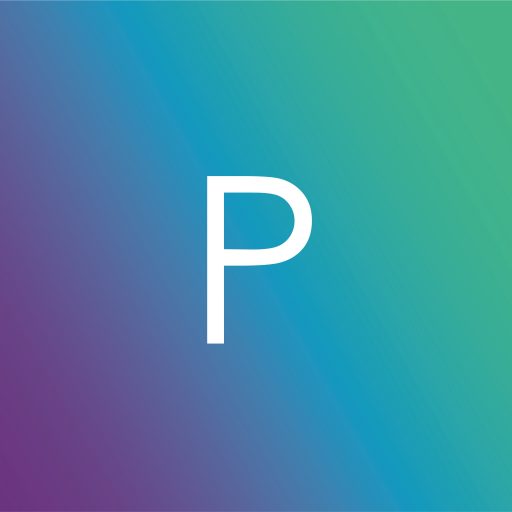Design and develop web for AR/VR company
Problem: People are not engaging with the product
VT-Platform is a product focused on streamlining communication in the construction world through augmented and virtual reality, thereby saving costs and rework.
During my time at this company, i was serving as the primary responsible person for AR_VR web creation, UX/UI design, develop in wordpress and web performance optimization (WPO) services, excluding blog content.

UX Research: User first
Since the purchasing process and the stages users go through while using this product had never been considered, the first step was to create a user journey. To achieve this, we leveraged data from surveys, customer interviews, Hotjar, SmartLook, and discussions with sales representatives.
This information was used to identify user types, define their key characteristics, and develop a roadmap for the company to guide decision-making.
After defining the user journey, we began outlining the website’s structure and creating initial wireframes to study the organization of the page and its various components.

Based on data analysis, we ultimately decided to design two main views: one focused on the product’s benefits and potential targeted at office personnel and another providing both theoretical and practical explanations for use and implementation, aimed at field users.
The goal for both views is to prepare users for the free trial period we offer, minimizing potential resistance by addressing any unfamiliarity with the new technology.
HomePage
The website’s homepage guides users to key sections, whether they work in the field or in the office.

One of the primary challenges we’ve identified with the previous page is that the product’s functionality is not clearly understood.
This is evident in the behavior of users who register for the free plan. It is very common for them to contact post-sales support with fundamental questions about how the product works.
To address this issue, we focus on providing clear and effective guidance from the very first interaction. Specifically, we emphasize educating users about the product’s most challenging aspects, such as positioning models in real-world spaces. Additionally, we have incorporated links to tutorials at various points across the website.
These measures, combined with a redesigned onboarding process, result in a significantly improved approach to helping users understand the product and adapt to this new technology during their discovery phase.
RGB: (255, 255, 255)
HTML: #FFFFFF
RGB: (255, 255, 255)
HTML: #FFFFFF
CMYK: C 0% M 0% Y 0% K 0%
RGB: (255, 255, 255)
HTML: #FFFFFF

Another challenge we face when presenting the product is that it addresses concepts unfamiliar to many users, such as a digital anchor.
The website explains the core concepts in a clear and straightforward manner, with adequate spacing to minimize any risk of misunderstanding.
It includes videos and illustrations to effectively convey the platform’s ease of use. Additionally, users are encouraged to try the platform through strategically placed CTAs and dedicated sections, as this is the primary objective of the website’s design.
What does VT-Platform bring on site?

What does VT-Platform bring on office?

Objective: Encourage product testing
Throughout the website, strategically placed QR codes enable users to create a free account and streamline the app download process.
In addition, a detailed subscription pricing page has been created, complete with FAQs and an API connection section, enabling users to integrate the VT-Platform into their workflows and encouraging them to try the product.
Plans

Both the FAQs section and the pricing explanation are carried over from the previous version of the website, as our analysis using Google Analytics showed they were performing effectively.
Contact

The result:
By deeply understanding our customers, we were able to create a website that explains the product in a clear and familiar way for users. We based the language on well-established concepts from the construction industry, adapting them to the new technologies of VT-Platform.
.
As a result, we increase at least a 10% in the total number of monthly registrations, which ultimately led to a significant boost in sales.
.
Through the research I conducted for this new website, I gained significant expertise in Web Performance Optimization (WPO) techniques, which I applied to my portfolio site using the Elementor builder. Additionally, I learned how to strategically plan and address the different stages of the user journey.
Main technics in this project:
Prototyping and Wireframing, Interaction design,Accessibility (WCAG), User research and analysis (Google Analytics, Hotjar, Test A/B, Interviews...), Responsive design, AGILE, SCRUM and design thinking, User-centered design (UCD),Design systems (Libraries, tokens, documentation...), User research techniques and analysis (Google Analytics, Hotjar, Test A/B, Interviews...), AGILE, SCRUM and design thinking, User-centered design (UCD), HTML, CSS, Figma, WordPress, Elementor
Check this project: E-Commerce and dashboard development for SaaS
